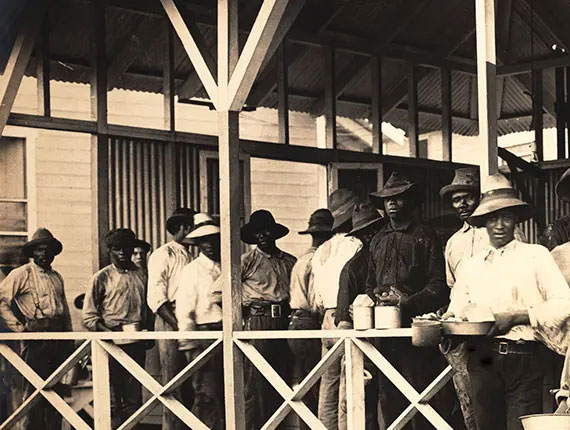Afro-Panama Canal Zone Legacy Project
our Team

Rupert Samuels
Born in the Panama Canal Zone. Graduate of Paraiso High School, Class of 1963. Lived in the Silver Roll towns of Red Tank and Paraiso, Panama Canal Zone. Retired business executive.
Sandy Blackman
Project Researcher
Sandra Blackman graduated from Rainbow City High School as member of the class of February 1973. She is a semi-retired educator living in Southern California.


Darren Williams
Senior Contribuitor
Born in Brooklyn, New York to parents from the Panama Canal Zone and graduates of Paraiso High School class of 1960 and 1961). A military veteran of the U.S. Army and a 32-year retired federal law enforcement executive.
St.Jones
Web Master
Retail eCommerce specialist and President and CEO of St.Jones Enterprises which designed the APCZLP website.


To a degree
Context
- Gold Roll: Primarily for white U.S. citizens; higher pay, better housing and facilities.
- Silver Roll: Primarily for non-white workers, including West Indian laborers and Panamanians of African descent; lower pay, inferior services, and segregated facilities.

"Gold” and “silver” payroll system
Upon completion of the canal, some West Indian migrants returned to their island territories, some moved on to Cuban sugar plantations, and some went to the United States, but most stayed in Panama. Click on the links below to see where our ancestors lived while working on the former Canal Zone.
